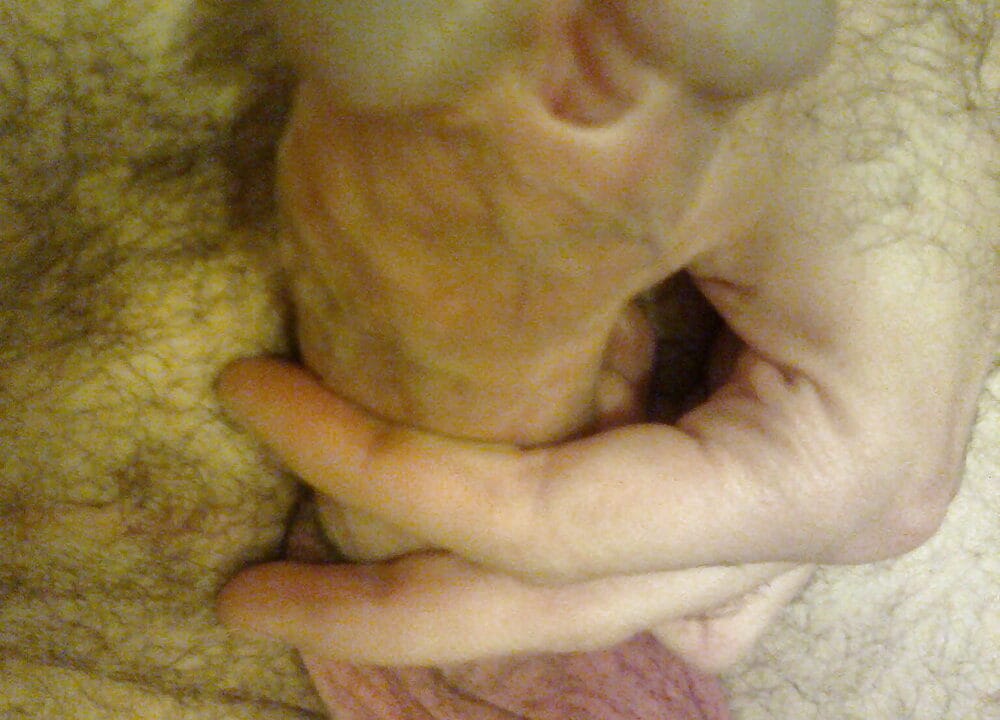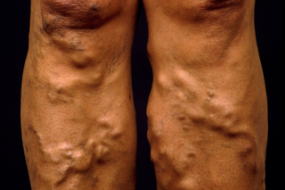
Hypospadias is a congenital anomaly of the male urethra that results in the ventral placement of the urethral opening. The position can vary- shaft, glans penis, scrotum or perineum.
Pathophysiology– urethral folds fail to entirely or partially close, and the foreskin doesn’t fuse onto the ventral aspect of the penis resulting in a dorsal hooded foreskin. The extent of fusion failure determines the position of the opening.
Classification
- Incomplete
- Standard
- Severe
- Others
Risk factors
- Genetic predisposition
- Environmental factors
- Endocrine- 5 alpha-reductase deficiency
Clinical presentation
Diagnosis is generally made at newborn examination
Physical findings;
- Abnormal foreskin with a dorsal hooded foreskin
- Chordee
- Bifid scrotum in proximal hypospadias
- Presence of 2 meatal openings
Examine for other congenital anomalies;
- Aniridia
- Cryptophthalmos
- Ocular telorism
- Cutaneous syndactyly
- Examine for cryptorchidism
Differential diagnosis
- Circumcision injuries
- Urethral duplication
Management
Surgical correction
Indication for surgery;
- Those at risk for voiding or sexual dysfunction or developmental problems
Timing- between 6 months and one year of age
Procedure;
- Reconstruction of the urethra, penis and scrotum at six months
- Severe cases; 2 stage repair with correction of penile curvature first followed by a urethroplasty six months later
Complications– depend on the degree of hypospadias
Surgical complications;
- Urethral stricture, fistula or diverticulum
- Urine extravasation
- Meatal stenosis












